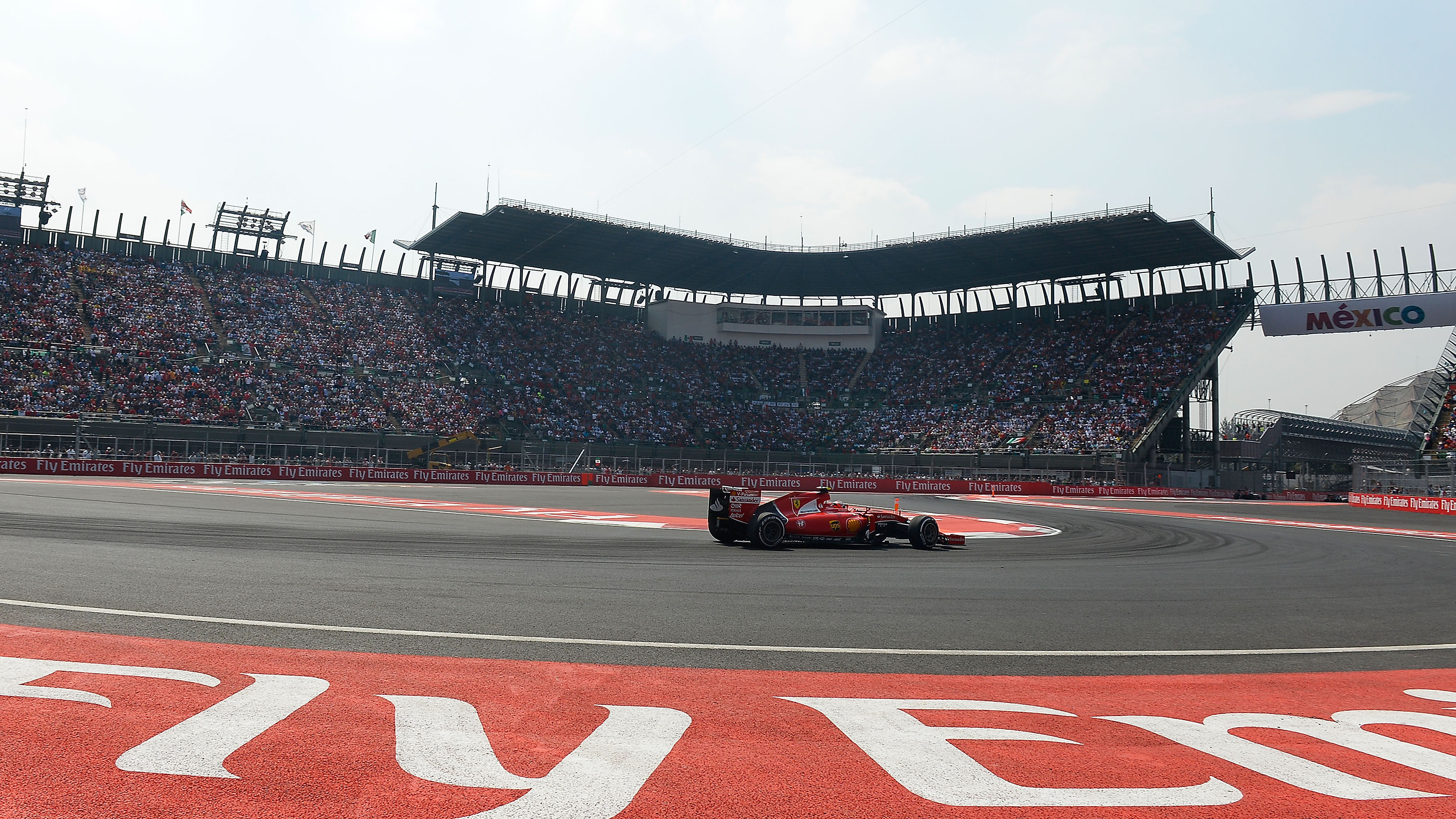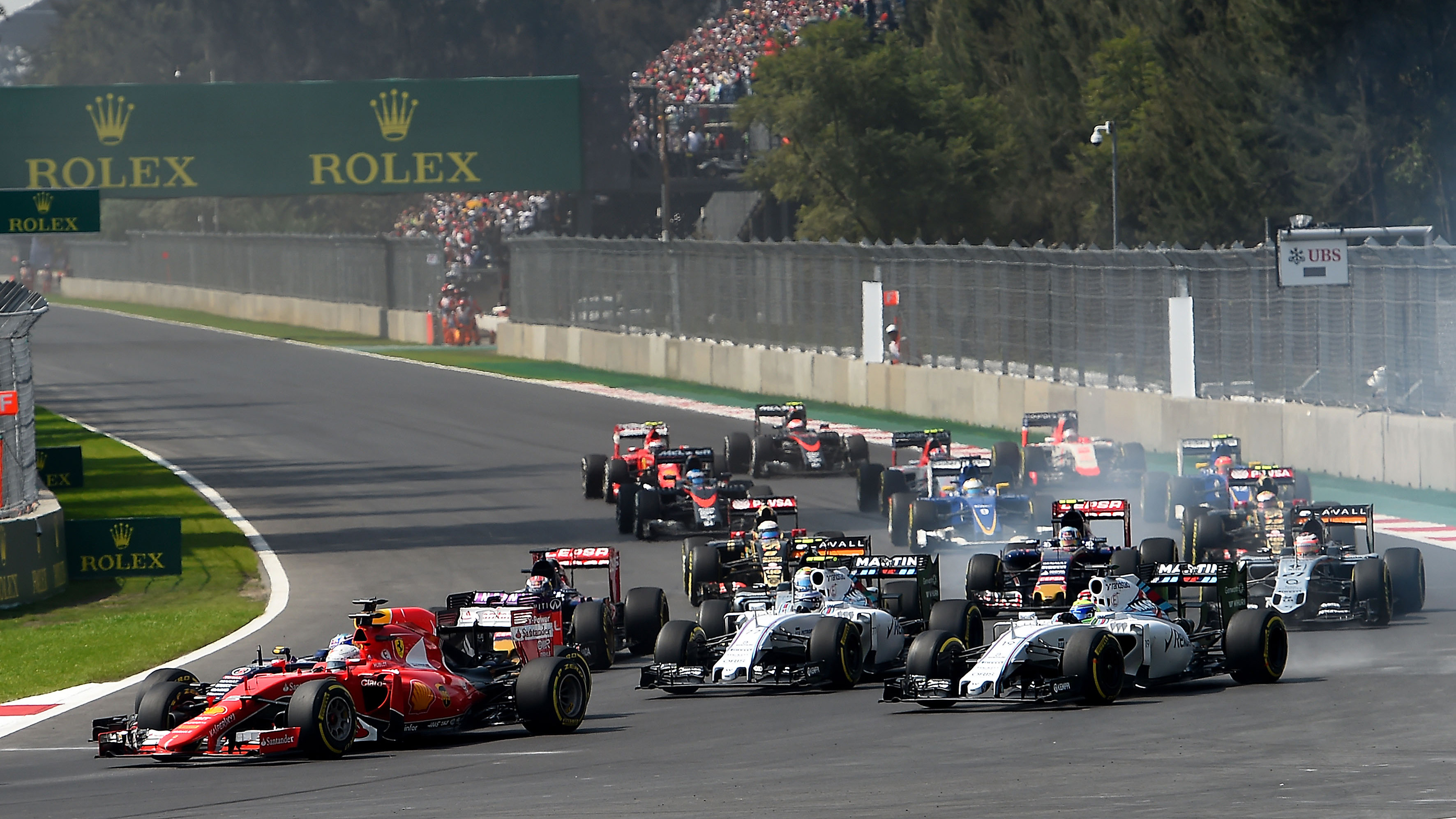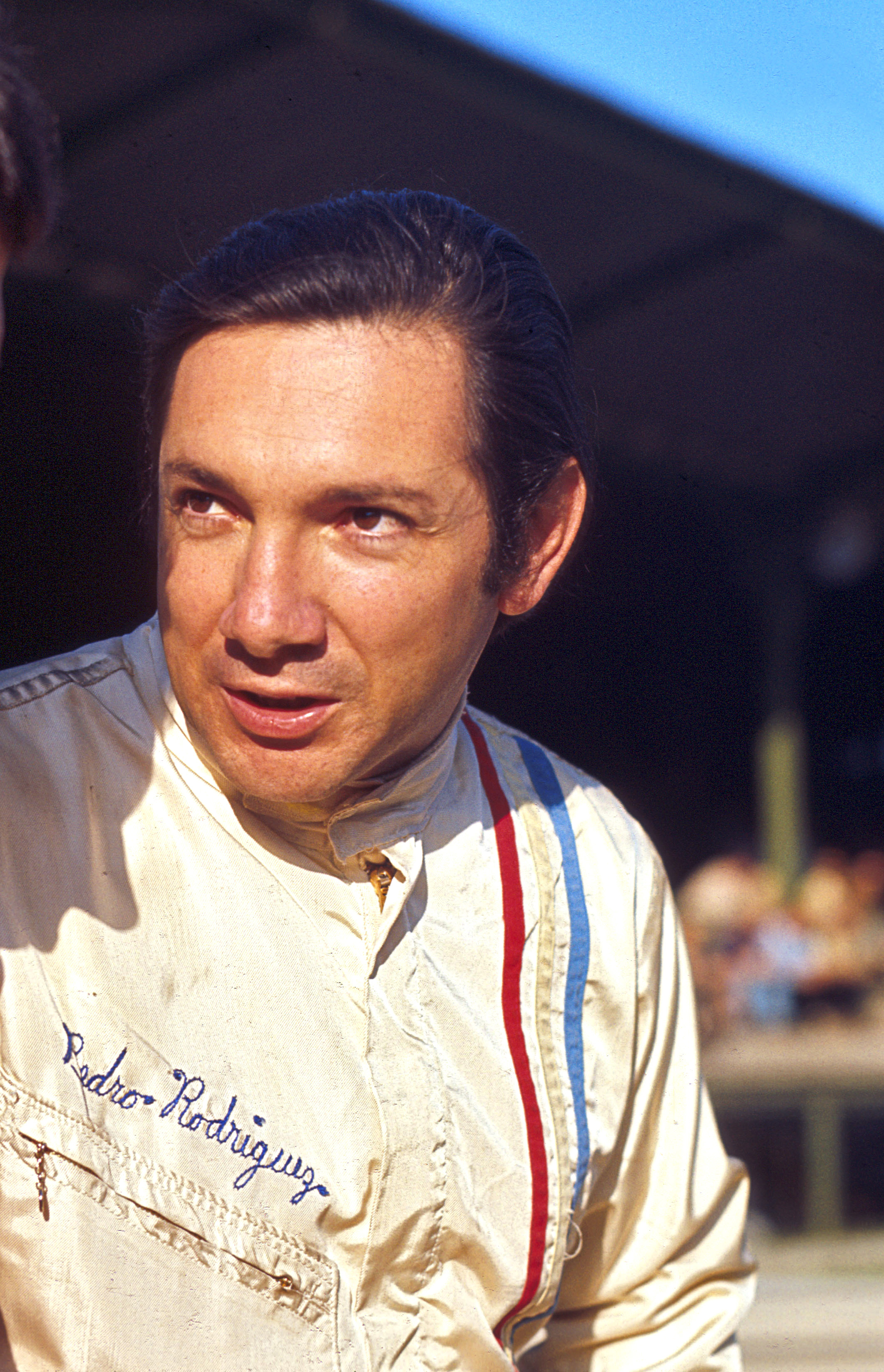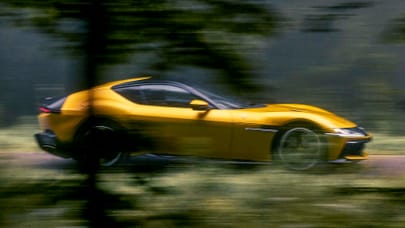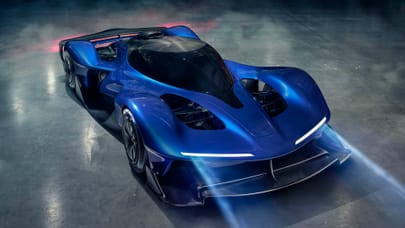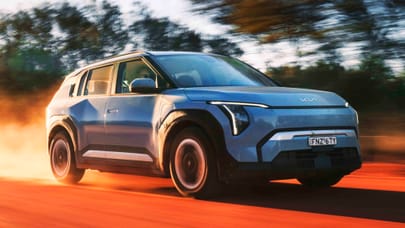
Is the Mexico GP Formula One's new crown jewel?
Hamilton has it all to do at one of F1's most astonishing circuits
Lewis Hamilton may yet outpoint Nico Rosberg, as he chases down his fourth world championship, and denies the German his first title. Last weekend in Austin, Lewis became only the third driver in Formula One history to win 50 Grands Prix, with Michael Schumacher (91) and Alain Prost (51) now the remaining names ahead of him. With his peculiar bouts of petulance and penchant for Snapchat, Lewis doesn’t always help himself, and his idol Ayrton Senna still has more poles to his name, but think on this: Lewis is relentlessly, remorselessly closing in on ‘greatest ever’ status.
Whatever happens, the showdown is set to take place across three of the most emotive and thrilling venues on the F1 calendar. TopGear.com enjoyed unprecedented access-all-areas at Interlagos, the Brazilian GP’s quirky home, back in 2012, when Jenson Button scored McLaren’s last race victory (that’s a painful dry spell, and possibly not unrelated to the rumours currently swirling around Ron Dennis). Yas Marina, meanwhile, is arguably the most spectacular and advanced of all F1 circuits: the track-side flood lighting goes beyond even the brightest day-light the Abu Dhabi desert can manage, and the place somehow combines the glamour of Monaco with the hard-assed racing of Silverstone. But first, there’s this weekend’s race at the Autódromo Hermanos Rodríguez, the second race in F1’s renewed love affair with Mexico following 54 years on and off.
TopGear.com was recently on a mission to Mexico City (more on that soon), and had a guided tour of the track that was easily the most atmospheric of the 2015 season. If you thought the Italians knew how to party at Monza, this place is something else. Mexico City is no place for the faint hearted, and the question I was most asked on my return wasn’t ‘where’s my Tequila?’ but ‘weren’t you scared?’ True, Joaquin Guzman aka El Chapo is currently the world’s most feared drug lord, and the Sinaloan cartel, which operates out of Culiacan in northwest Mexico, makes Pablo Escobar look like Dora the explorer. Greater Mexico City is also home to approximately 22 million people, most of who seem to use the same main roads to work. Believe me, you don’t know the meaning of traffic jam until you’ve seen this place in the never-less-appropriately named rush hour (3.5m cars on the move per day).
But it’s also one of the world’s most thrilling, exotic and downright exciting cities, full of friendly, funny people. What with Donald Trump’s, er, comments, and the efforts of Mexican President Pena Nieto to confront him (not a success, if the locals I spoke to were anything to go by), Mexico could use some positive PR. This weekend’s Grand Prix ought to do the trick.
Rodriguez had a fearsome rep for racing in the wet, and his win at the BOAC 1000km of Brands Hatch is still cited as one of the greatest performances of all time
What an awesome place the Autodromo is. It’s a car-punishing 2240m above sea level (7340ft) for a start, and weaves its way for 4.3km through a park that has definite shades of Monza. The track itself is easily as historic as some of its higher profile compadres. Younger motor racing fans might not be so familiar with Ricardo and Pedro Rodriguez, the Mexican brothers who arrived like comets into the sport in the early 1960s, and whom the track’s name rightly honours. Following Vettel, Verstappen and now Lance Stroll, youth isn’t such a novelty in F1 these days, but when Ricardo Rodriguez (pic 3, above) raced for Ferrari in 1961, he was just 19. A circuit was duly created in the Magdalena Mixhuca park in 1962, but before Ricardo could race in F1 proper there, he was killed during practice at the wheel of Rob Walker’s Lotus 24, in one of the non-championship races that proliferated at the time. Fast but notoriously fragile, the Lotus’s rear suspension had collapsed. He was just 20.
His brother Pedro continued racing, and made only his second appearance in F1 in the 1963 Mexican GP, also in a Lotus. He’d already raced a Ferrari 500 TR at Le Mans, as early as 1958 when he was just 18, and would race there 14 times in all, most successfully co-driving a Ford GT40 to victory in 1968 with Lucien Bianchi. (Bianchi, great-uncle to the late Jules Bianchi, would be killed in testing during Le Mans the following year.) Pedro’s early F1 career was random to say the least, but he won only his ninth F1 race, the 1967 South African GP. He was and remains one of the greatest sports car drivers of all time, closely associated with two of the era’s most iconic names – Luigi Chinetti’s NART Ferrari squad (for whom he raced the 250 GTO, amongst other hallowed Ferraris), and John Wyer’s Gulf-sponsored Porsche team, with whom he won the 24 Hours of Daytona, and endurance races at Monza and Spa in that most famous of 917s. Rodriguez also had a fearsome rep for racing in the wet, and his win at the BOAC 1000km of Brands Hatch is still cited by fans and experts alike as one of the greatest performances of all time. Pedro drove 197 of the race’s 235 laps, and his immaculate win – by a five-lap margin after seven hours – prompted rival driver Chris Amon to say, ‘Why doesn’t someone tell Pedro it’s raining?’ The great man was killed during a race in Germany in July 1971.
The Mexican GP itself has been on and off the F1 calendar since 1962 (it ran from 1962-’70, and 1986-’92), but it’s certainly left its mark. Honda took its maiden F1 win here in 1965, with Richie Ginther driving. Nigel Mansell, in his debut for Ferrari in 1989, scored the first win for a car fitted with the semi-automatic gearbox (he was so sure it would be a short-lived disaster he had the BA pilot flying him home on standby to wait for him, long before the race was due to finish). Mansell’s pass round the outside of Gerhard Berger at the famously ballsy Peraltada corner the following year helped cement Il Leone’s reputation. Michael Schumacher, meanwhile, took his first podium finish in Mexico in 1992: there would be another 154…
Amazingly, Jim Clark remains the most consistent winner of the Mexican Grand Prix (three victories, in 1962, 1963, and 1967). As the 300,000-strong crowd – with 30,000 of them in the magnificent stadium section – gathers for this weekend’s race, perhaps Nico Rosberg will be the one to move closer to taking that honour off the great Scot, en route to his first championship. Or maybe Lewis will edge him, after all. Who’s your money on?
Top Gear
Newsletter
Thank you for subscribing to our newsletter. Look out for your regular round-up of news, reviews and offers in your inbox.
Get all the latest news, reviews and exclusives, direct to your inbox.
Trending this week
- Car Review
BMW 1 Series




